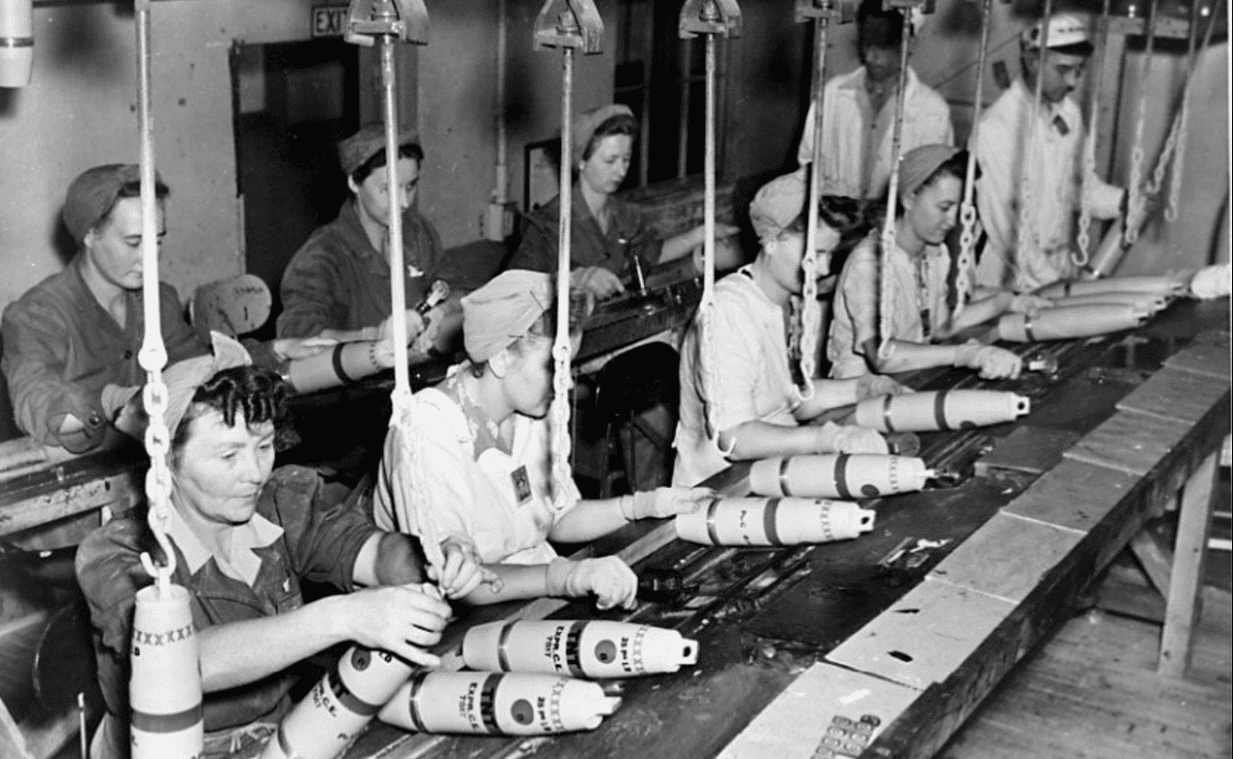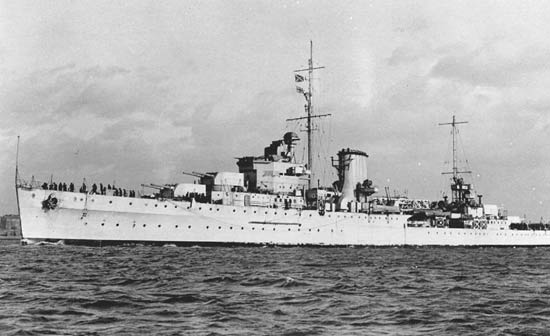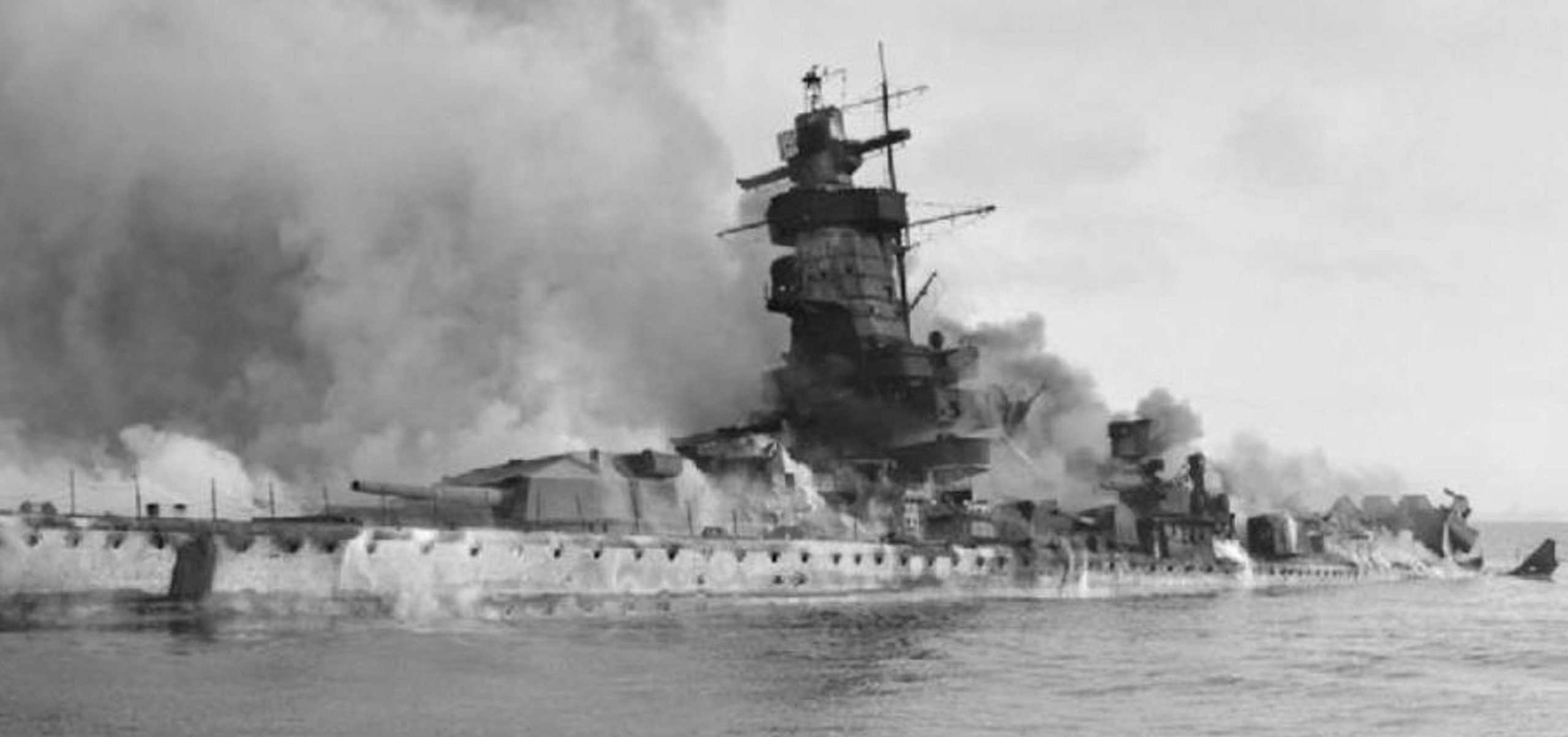WWII’s Bomb Girls honoured in Ajax ahead of Remembrance Day
Published November 4, 2024 at 12:59 pm

The Bomb Girls of the Second World War who built the munitions used to fight the Axis war machine, and built Ajax in the process, are set to be honoured at a Legion event ahead of Remembrance Day.
There was no town of Ajax when war broke out in 1939. The area that now houses the town was then largely empty fields around Pickering Township. The area never permanently hosted any major First Nations settlements and wasn’t permanently settled until Irish fur trader Mike Duffin came along in the 1770s.
A larger settlement, Pickering Village, grew out of a Quaker community around 1805. The community grew under Timothy Rogers, ancestor of the Rogers telecom dynasty. However, the area remained sparsely populated farmland until 1939.
In September of that year, Nazi Germany invaded neighbouring Poland. Britain and France declared war three days later. A week after, Canada also declared war on Germany, the first and only such declaration in the nation’s history. (Though independent for nearly 50 years, Canada was obligated to follow Britain into the First World War in 1914.)
Canada and its allies needed weapons and munitions if they were going to fight another war and the government expropriated nearly 3,000 acres of farmland in what is now Ajax to build Defence Industries Limited Pickering Works to make them.
Protected from the fighting in Europe, Canada was the perfect location for a plant. The Ajax area was even better with easy access via road, rail and Lake Ontario and the site was fully operational by 1941, employing some 9,000 workers, most of whom were women. Pickering Works eventually grew into the largest munitions plant in the Commonwealth. By the war’s end, they’d built some 40 million explosives.
“These factories were comprised of predominantly women (nicknamed ‘Bomb Girls’) who travelled from all over Canada to be part of the valient war effort, providing munitions to the men fighting across the ocean,” the Town of Ajax noted in a press release commermerating the munitions factory and its mostly female workers.

The government was able to hire a few men – mostly scientists, nearby farmers or General Motors workers from Oshawa. But with most of the country’s adult men away at war, it fell to Canada’s women to work in the factory. They came from all across the country while their husbands were away at war and by June 1941, three all-women shifts worked six production lines.
All those workers and their families needed nearby homes, resulting in a local settlement that residents called a ‘village’ though it had no real name. The men’s quarters were in modern-day Ajax Plaza by Harwood Avenue South and Station Street. The women’s was between modern Exeter Road and Admiral Road.
However, the influx of mail for employees led to the need for a new post office. This needed a name.
DIL held a naming contest to choose the settlement’s nom de guerre. Employee Frank Holroyd soon pitched ‘Ajax,’ after a British vessel, itself named after the ancient Greek hero. Ajax is a pivotal character in Homer’s Illiad as a towering courageous warrior second only to Achilles in skill. The hero lent his name to eight British vessels including the one used in the Battle of the River Plate.
The early days of the war were hard on the Allied Forces as Nazi Germany quickly swept across mainland Europe. The rapid Nazi takeover resulted in few wins for the Allies. However, this pattern was soon broken off the Uruguayan coast.

HMS Ajax help sink the Nazi Kreigsmarine Admiral Graf Spee in one of the Allied Forces earliest victories in WWII.
Early Nazi victories extended well into the Atlantic Ocean at this point. Several German ships patrolled the waters to disrupt Allied trade routes and sink shipping vessels. Few were as effective as the Kriegsmarine Admiral Graf Spee, which sank nine merchant ships in the early months of the war.
Needing the Spee out of commission Britain sent a nine-vessel flotilla, Force G, after her. Commodore Henry Harwood led the convoy made up of HMS Cumberland, HMS Exeter, HMS Achilles, and HMS Ajax.
Thanks to Harwood, the flotilla eventually found Admiral Graf Spee off the coast of Uruguay and Argentina. Though outgunned by the larger vessel, the convoy managed to cripple the Admiral which limped into the Montevideo port.

The scuttled Admiral Graf Spee after the fight with Force G.
Defying Feuher Adolph Hitler’s direct orders to fight to the last man, the Spee’s Captain Hans Langsdorff scuttled the vessel in port, released his crew and later killed himself in his hotel room.
Harwood’s leadership and the hard work of his crew led to one of the first major Allied victories in the war. Inspired, the village around the DIL Pickering Works chose the name Ajax. Exeter and Achilles, as well as the names of crewmen, now serve as the names of Ajax streets.
Though the DIL ‘village’ finally had a name, the area did not have municipal status on its own. It remained part of Pickering Township until after the war ended despite having its own churches, recreation centre, social clubs, hospital, stores and a bank.
Despite the significant growth during the war, the ‘village’ was meant to be demolished after the Allied victory in 1945. Many of the men who worked at DIL moved to jobs at GM in Oshawa. Meanwhile, the government encouraged the Bomb Girls to return to being housewives.
By the early 1950s, only about 600 families remained in the village. By this time, the University of Toronto used some of the buildings to retrain returning soldiers while others became a displaced persons camp for war refugees.
When federal workers arrived to demolish the remainder of Ajax, the residents protested. Eventually, they won attractive mortgages from the government for roughly $3,000 homes. Thus, the formal town of Ajax was born in 1954 thanks largely to the remaining Bomb Girls.
To honour these women, the Ajax Legion is holding an event in their honour on November 6 with award-winning author and historian Barbara Dickson as host. Dixon’s writings follow a few major themes such as Multiple Sclerosis, 19th Century Irish Immigration and organ transplantation but her most notable works focus on Bomb Girls in two non-fiction Trading Aprons for Ammo and United for Peace. She’s also worked as a consultant on Global TV series Bomb Girls.
The event runs from 7:30 p.m. to 9 p.m. and features a $20 entrance fee.
INdurham's Editorial Standards and Policies




